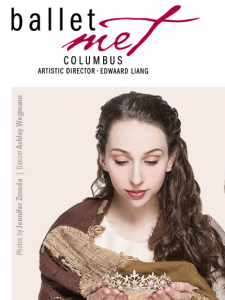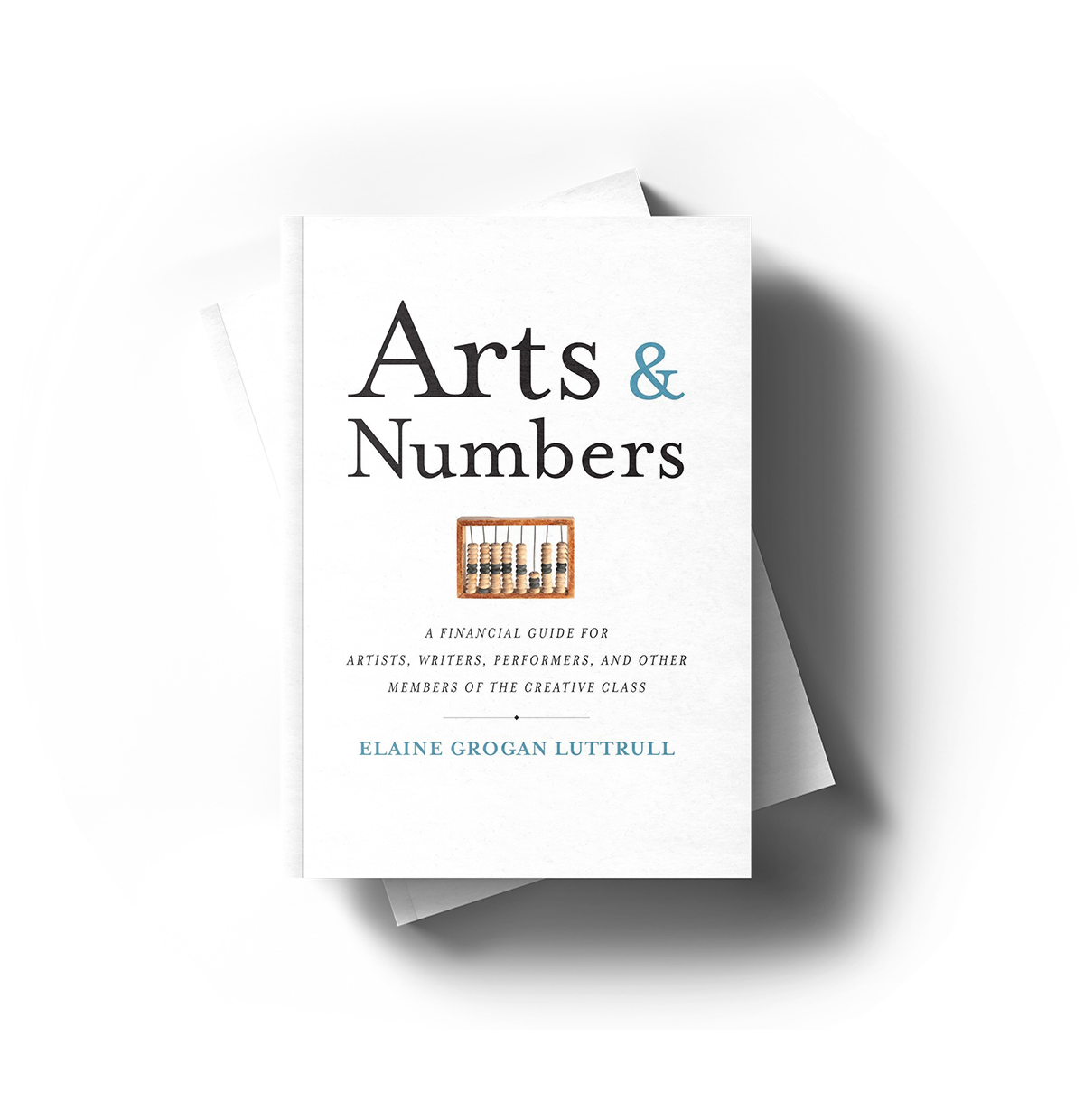March 23, 2015 • Events & Media

I took my daughter to Edward Liang’s World Premiere of Cinderella at Ballet Met Friday night, and we were joined by hundreds of other revelers, including friends, strangers, and some incredibly special family members.
The performance was full of life lessons, but not the ones you think.
Demonstrate Grit.
Yes, Cinderella ends up with the prince. (Liang pushes boundaries, but not that much.) But what struck me about Cinderella is not that the prince saved her. Rather, I was struck by how she continued to fight for what she wanted in her own way (less combative than my way, perhaps), and how she unwaveringly maintained a good attitude. In fact, it was this kindness and charity for others—the fairy godmother disguised as an elderly beggar—that ultimately led to her reward.
What a gift a good attitude, despite adversity, can be. It can combat many a life hurdle disguised as an atrocious stepsister.
The arts teach grit in delightful ways. Without grit, a performance like Cinderella never could have occurred. The performers exhibited grit throughout the weeks and weeks (and weeks) of rehearsals to achieve a performance-level exhibition based on years and decades of grit to build the technique upon which a great performance can be built. The set designers and costume designers (both originally part of the Washington Ballet) demonstrated grit in never settling for less than executional perfection. The directors, choreographer (Liang himself), production assistants, ushers, lighting designers, and supporters of the performers, demonstrated grit in persevering to opening night.
As with all exceptional art, performance arts in particular, the finished product seems effortless. But of course, it is anything but.
Thank goodness we benefit—directly through participation and indirectly through observation—from the life lessons in grit provided by the arts.
Respect Experience.
During a classical ballet performance, the corps de ballet often pauses on stage to allow the principals to perform. Such classical staging was evident in Liang’s production as 49 students from Ballet Met’s Academy joined members of the corps on stage. Those young dancers (and even the not-so-young ones) may have been incredibly talented, but still they paused in deference to the principals.
In an ideal meritocracy those who earn principal roles perform them. How wonderful to have the opportunity as a growing dancer – even a very talented one – to be reminded that there are others whose talent, experience, grit, and perseverance exceed your own.
Deference for experience – a dose of humility, perhaps – is an incredible life lesson to glean from the arts. We all bring unique talents and perspectives to the world around us, artistic or otherwise. But so do lots of others.
I hope the young performers gleaned that lesson as they paused on stage in full view of the audience. I’m sure some of them did. Others, who sighed at stage right and shifted uncomfortably with boredom during the ballroom scenes may not have. And that’s okay. They’ll have more opportunities as long as they continue in the arts.
Challenge the Routine.
My favorite part of the Cinderella performance was how modern it felt, despite its classical origins. Clearly there were references to classical ballet, with appropriate deference for many of the storytelling foundations and the choreography was rooted in classicism. However…
The staging was refreshing, the costuming was refreshing (nary a tutu in sight) and the choreography itself was decidedly modern. I wondered about Liang’s inspiration: Was it classical to which he added his own modern twist, or was it modern, yet built upon his knowledge of classical ballet? (Perhaps that’s a chicken-and-egg question, but it speaks to both his respect for the cannon of classical ballet… And his willingness to challenge the routine.)
Because of course, the arts as a whole teach us to challenge the routine. Artists of all stripes challenge authority and challenge the expected. (Thank goodness.) I love to watch that challenge in action, even caged within deference for experience and overall industry knowledge. Such knowledge makes the challenge more intelligent: It is a challenge, not for challenge’s sake, but for a clearly articulated purpose.
The arts—and artists—make us think.
Appreciate.
As he welcomed the audience and opened the show, Edward Liang thanked the community. He took the time to acknowledge the departing Executive Director of Ballet Met, Cheri Mitchell (who received an enthusiastic standing ovation), and he expressed gratitude for the Ballet Met Academy students. But he also reiterated that support from the community – both financial support and attendance – makes events like the world premiere possible in Columbus.
His appreciation was genuine.
The arts help us develop our empathy skills, and they help us to be charitable human beings, both in the financial sense, which I talked about last week (“What Do Your Charitable Contributions Say About You?”) and in the more emblematic sense, which Andy Giroux addressed in Huffington Post:
#11 Be Charitable. Not just with your money or your time, but with who you are. Being charitable isn’t just about giving when it makes sense, it’s about being the type of person who will go out of their way to help the old woman cross a slippery, snow covered street. It’s about tipping the waitress even when she was bitchy because maybe she’s just having a really bad day. It’s about smiling at that person across from you on the bus who looks upset; maybe even ask them if they need to talk. It’s about giving that kid who won’t stop asking for a job a chance even though their resume doesn’t look that great.
And maybe as well it is about appreciating those around you by celebrating when others do well (Congrats, Ballet Met!) and celebrating support for the arts in whatever form that support takes.
Perhaps it is about thanking audience members without judging their reasons for attending or criticizing their knowledge of the art. Perhaps it is about welcoming everyone to our galleries and museums, and making the arts as inclusive for those who feel uncomfortable as they are for those with more obvious differences. Perhaps it is about working with our competitors in support of a larger goal, rather than detracting from each other’s funding. Perhaps it is about working for or with someone rather than always leading the charge.
Perhaps it is about appreciating the aging beggar woman, who may actually turn out to play the role of a fairy godmother.
Yes indeed, our night was full of life lessons. I can’t wait to see what the arts will bring us next.


